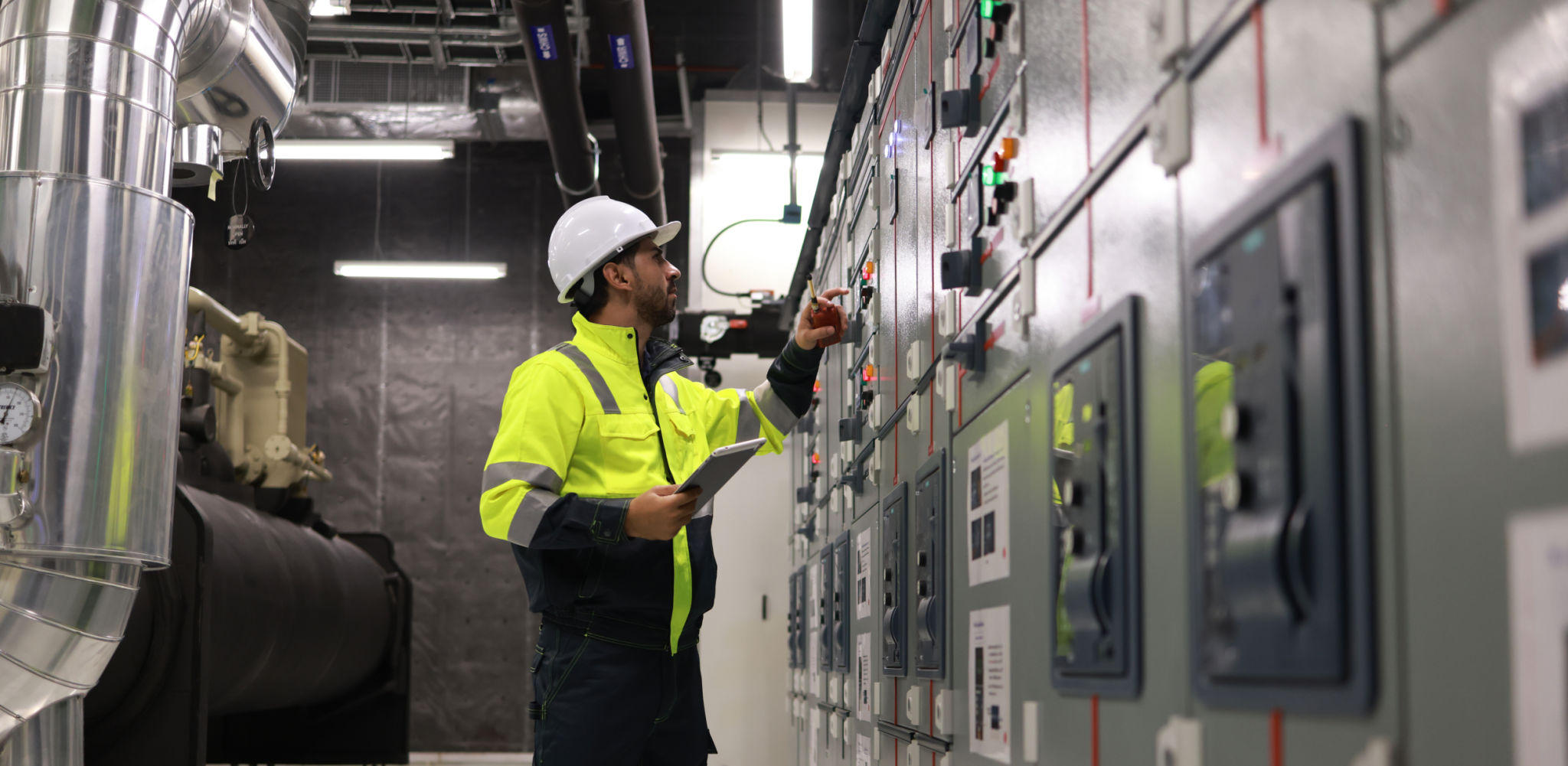5 Myths About Green Walls Debunked: What You Need to Know
Understanding Green Walls
Green walls, also known as living walls or vertical gardens, have become increasingly popular in urban settings. They offer a multitude of benefits, from improving air quality to enhancing aesthetic appeal. However, several myths about green walls persist, potentially deterring individuals and businesses from embracing this eco-friendly solution. Let's debunk some of these myths and shed light on the reality of green walls.

Myth #1: Green Walls Are Just for Aesthetics
While it's true that green walls can significantly enhance the visual appeal of a space, they offer much more than just beauty. Green walls improve air quality by filtering pollutants and producing oxygen. They can also help regulate indoor temperatures, reducing the need for air conditioning and heating. These functional benefits make green walls a valuable addition to both residential and commercial properties.
Environmental Impact
Beyond aesthetics, green walls contribute positively to the environment by supporting biodiversity. They provide a habitat for various species of birds and insects, promoting ecological balance in urban areas. Additionally, they aid in reducing noise pollution, creating a more tranquil living or working environment.

Myth #2: Green Walls Are Expensive to Maintain
A common misconception is that green walls require extensive maintenance and are costly to upkeep. In reality, once established, green walls are relatively low-maintenance. Automated irrigation systems can be installed to ensure the plants receive the right amount of water, minimizing manual labor.
Cost-Effective Solutions
Investing in a green wall can lead to long-term savings. They help lower energy bills by providing natural insulation. Additionally, many governments offer incentives and subsidies for green infrastructure projects, making them more affordable than one might think.

Myth #3: Green Walls Are Not Suitable for All Climates
Another myth is that green walls are only viable in certain climates. Thanks to advancements in horticultural technology, green walls can thrive in a variety of environments. By selecting appropriate plant species that match the local climate, green walls can be successfully implemented almost anywhere.
Adaptable Designs
Designers can customize green walls to suit specific environmental conditions, taking into account factors such as sunlight exposure and humidity levels. This versatility ensures that green walls remain vibrant and healthy regardless of geographical location.

Myth #4: Green Walls Are a Passing Trend
Some skeptics claim that green walls are just a temporary fad. However, the increasing demand for sustainable architecture and urban greening suggests otherwise. Green walls are part of a broader movement towards eco-friendly building practices that prioritize environmental and social well-being.
A Growing Movement
As more cities adopt green initiatives to combat urban challenges like pollution and limited green space, the popularity of green walls continues to rise. Their ability to enhance urban landscapes while delivering tangible benefits ensures their place in future city planning.
Myth #5: Green Walls Can Damage Structures
A final myth is that green walls can harm the buildings they are attached to. When properly installed by professionals, green walls are safe and secure. They include protective barriers that prevent moisture from affecting the structure, safeguarding it from potential damage.
Structural Integrity
Innovative designs ensure that green walls are both aesthetically pleasing and structurally sound. They add value to properties without compromising their integrity, making them a smart investment for property owners looking to embrace sustainability.
